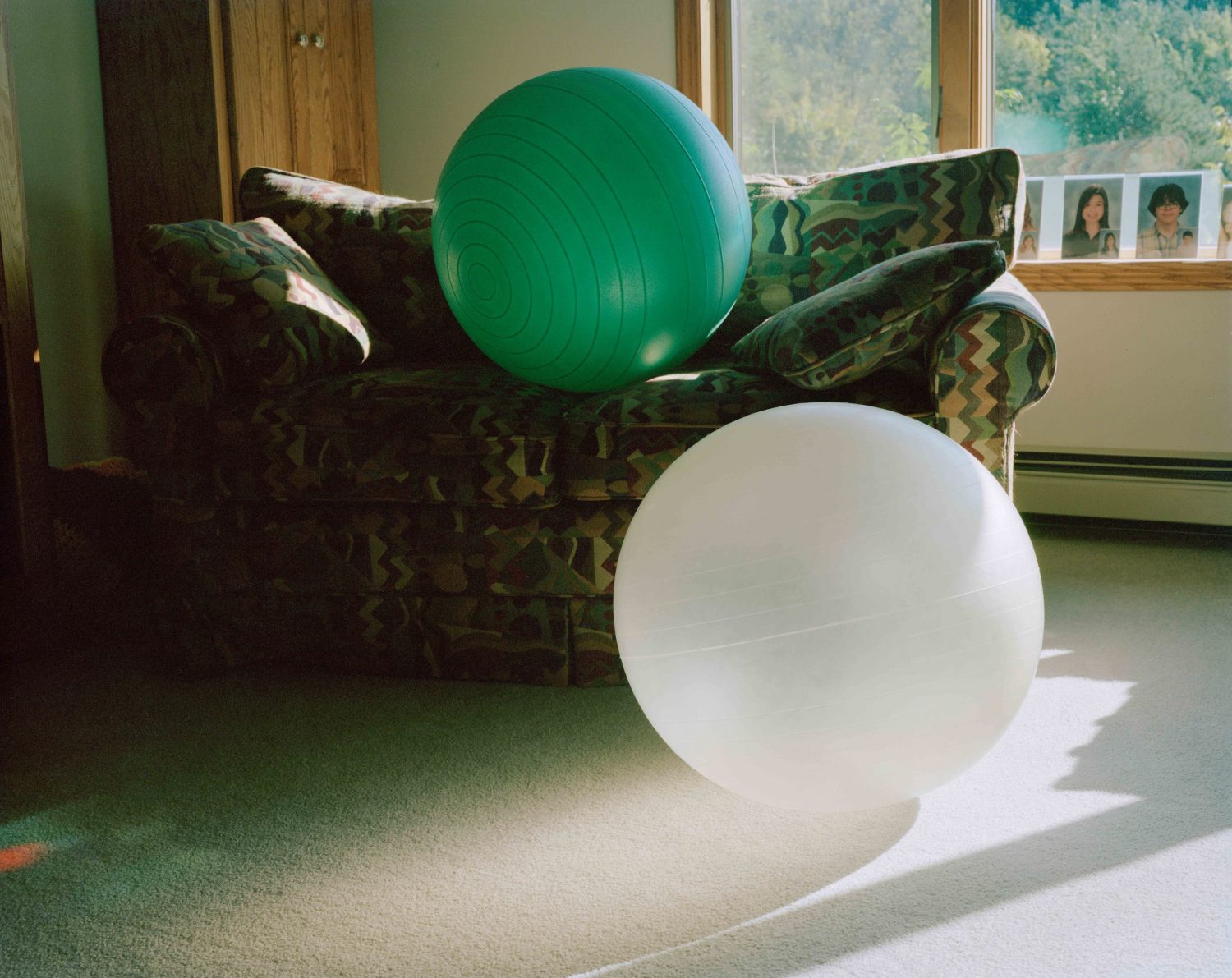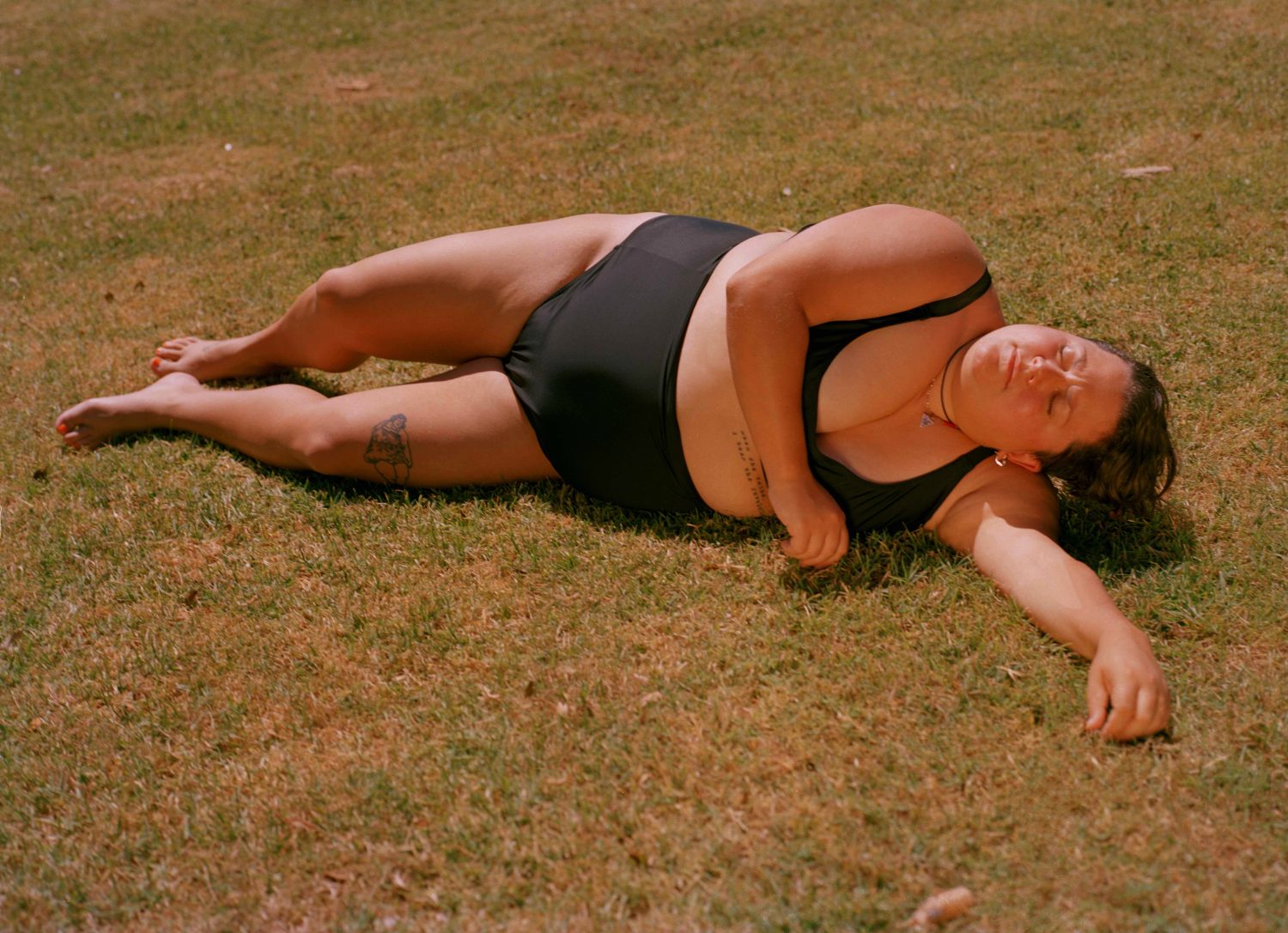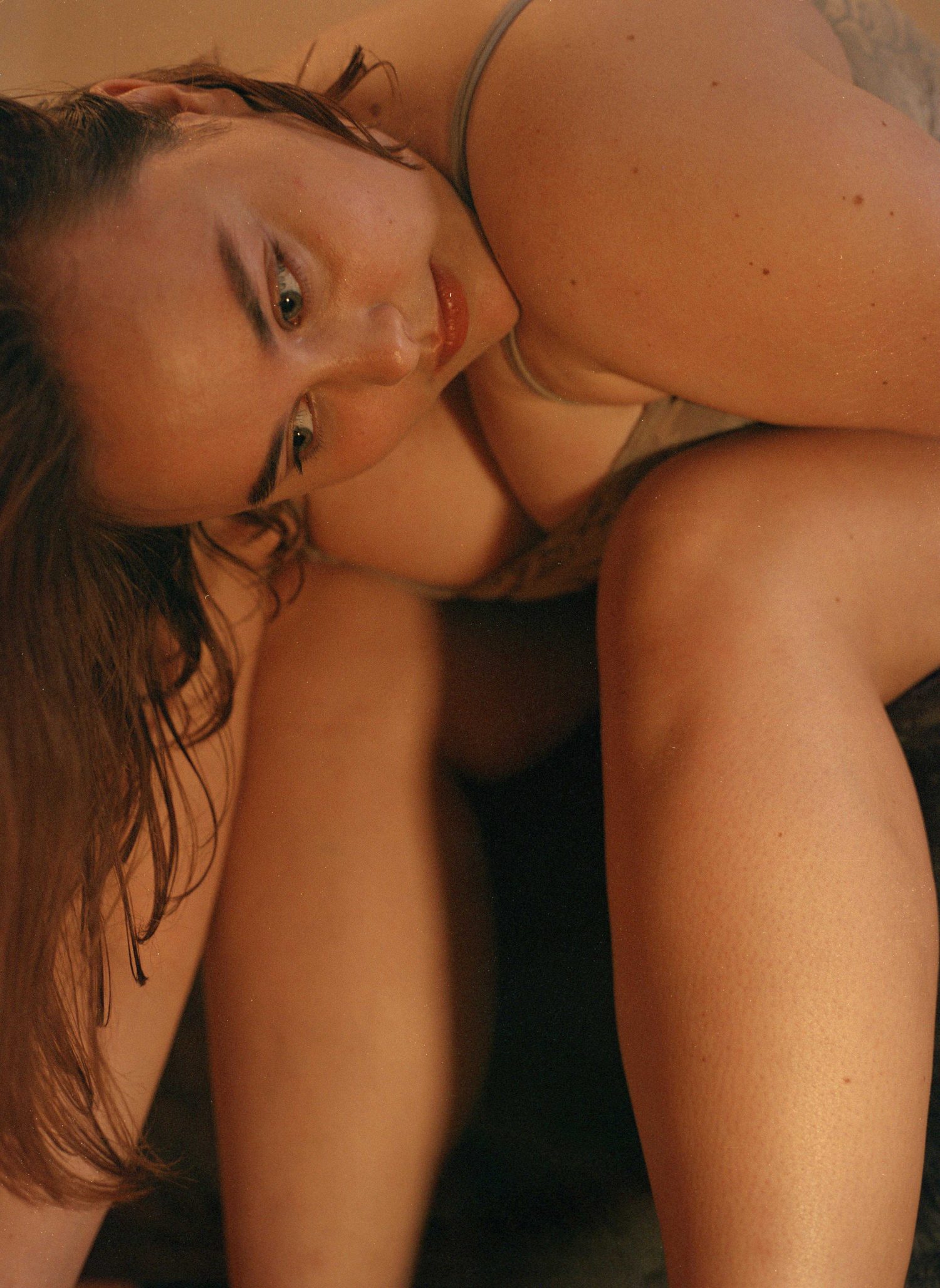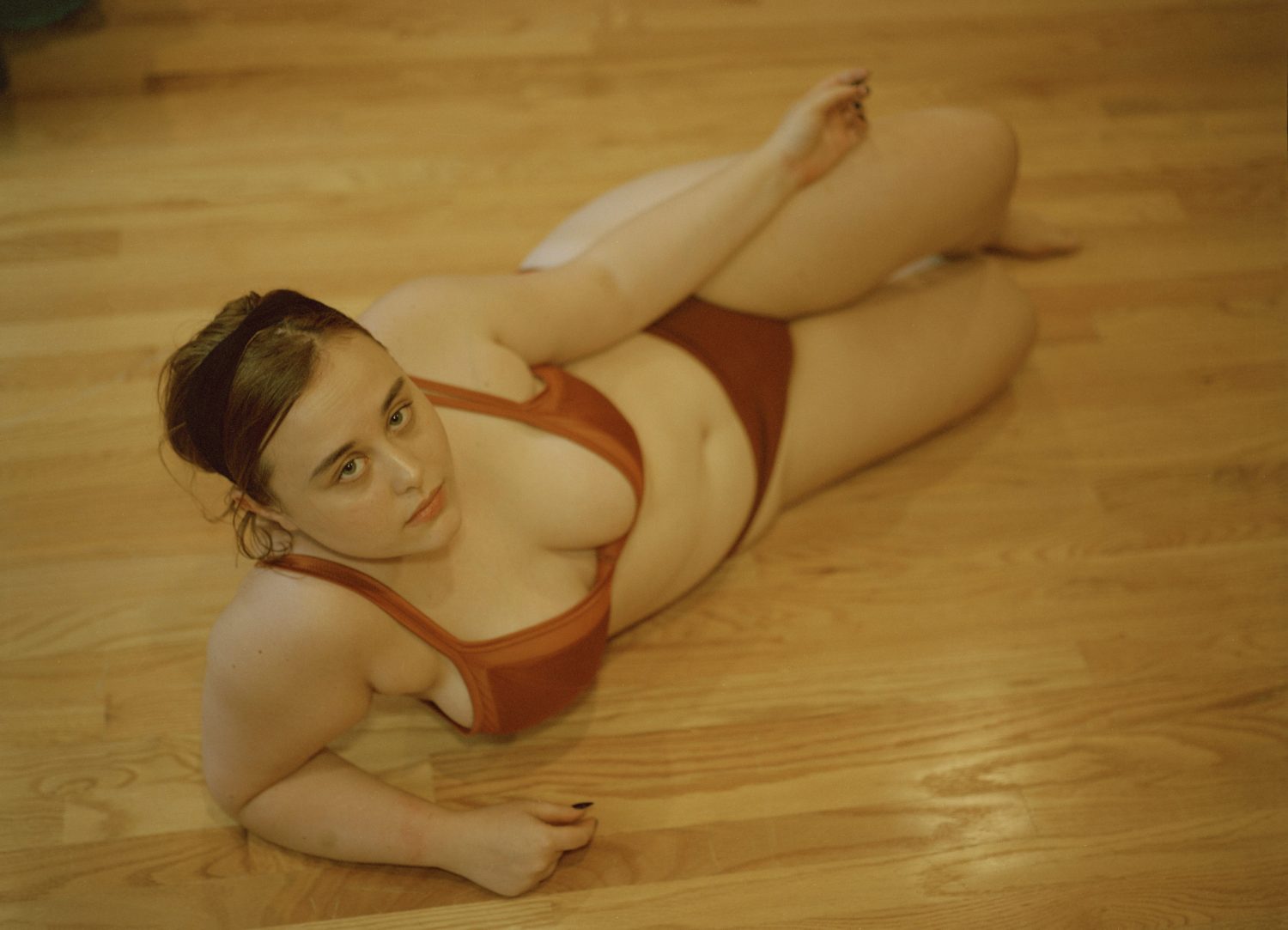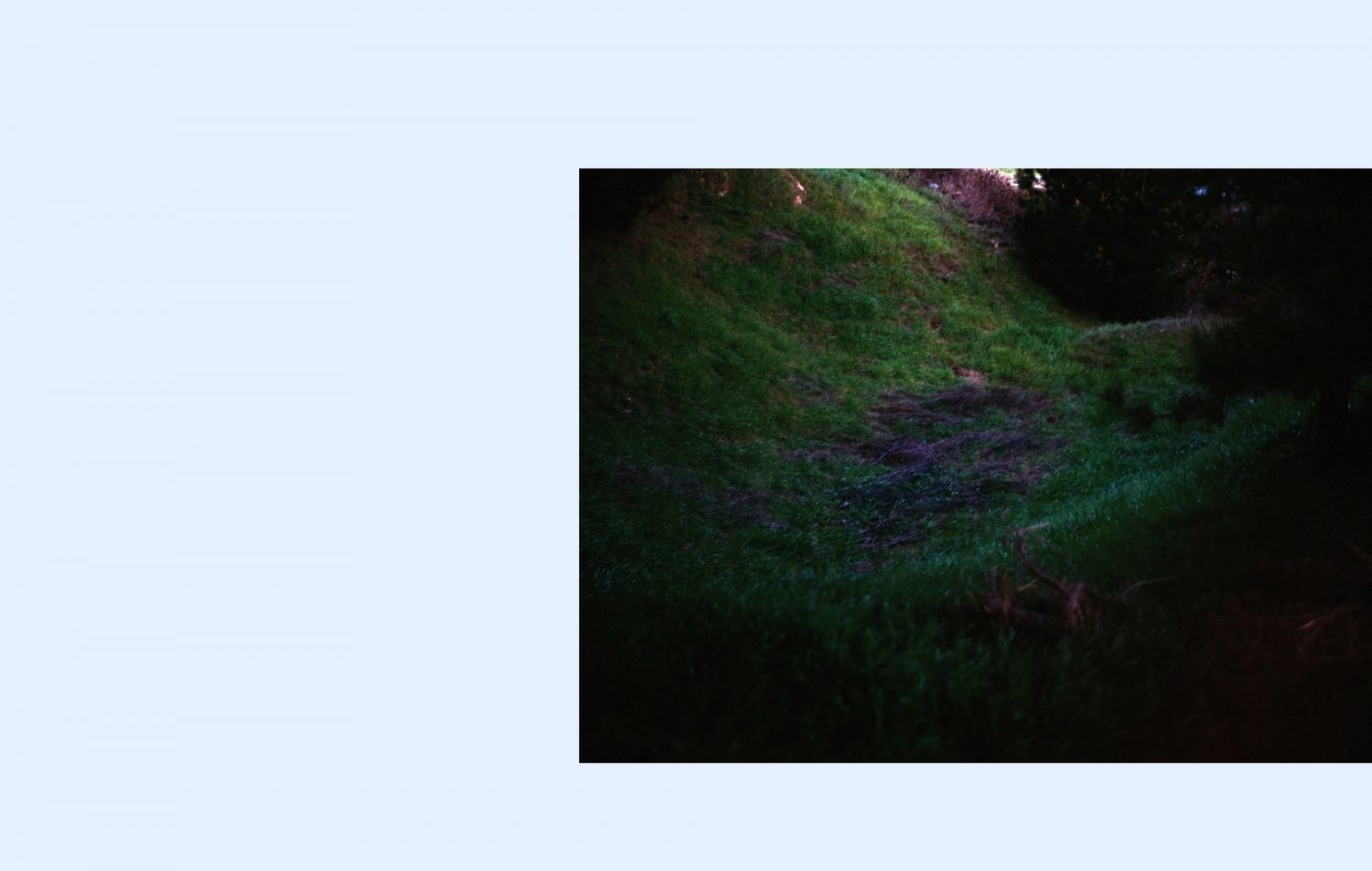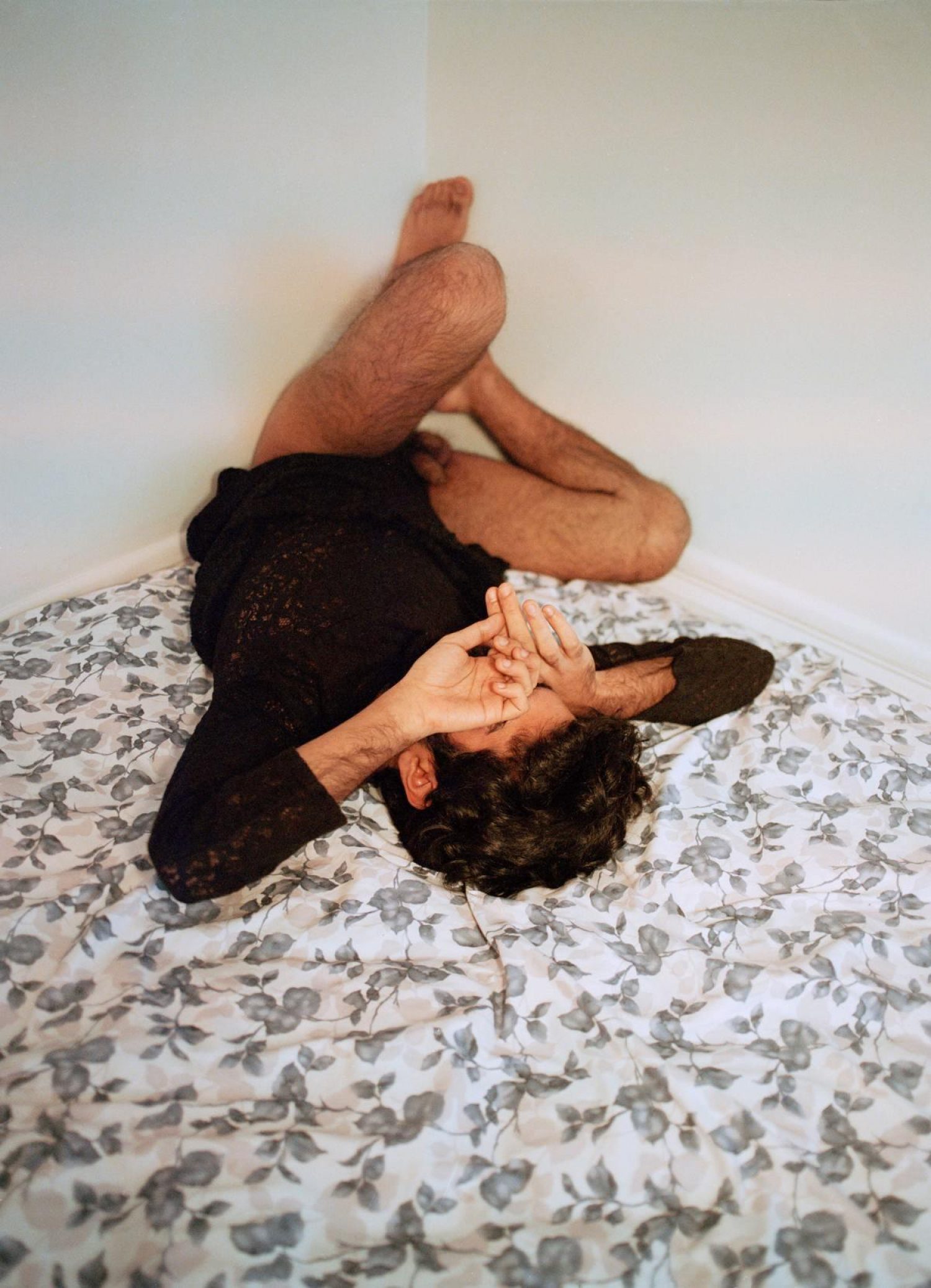May 1–15, 2020
Online Exhibition
An online exhibition by student scholar Sydney Jantzen, focusing on Fellowship 20 Honorable Mention, J Houston.
J’s work was something I had stumbled upon while doing some research for a project. It was really nice to be able to see another queer photographer out there producing work that included, and was about, the queer community. What really drew me into their work was that it felt so real. I had looked through other queer artist’s work before, but it was rare to me to find a body of work by a queer individual about a queer individual. It is very important to me that the queer community is represented, and represented well, and J and their work does just that.
From reading your bio, I know you sort of credited your webcam aesthetic of videography from tumblr, which is amazing. Can you talk more about what made you transition from video to photography? Would you say you prefer one over the other?
What interested me most in that particular early webcam aesthetic from the early-mid 2000s and Tumblr era was how soft everything was: how that abstracted and turned environments and people into fantasy. I didn't know that was what excited me at the time, but shooting 35mm film when I started making photos around 19 or 20 had a similar effect. I don't make many videos now because I find it less immediate to create that distancing from reality, and it comes less naturally to me in general than photo.
You recently graduated from CMU with a degree in gender studies. Would you say that came from your interest in what you were photographing, or did your subject matter sort of stem out from what you had been studying? What made you go in that direction?
I had a really great professor, Kristina Straub, who delved into the relationship between performance and queerness in theory writing. In my photo studies we also talked a lot about performance and the camera, so it all came together in a natural way while I was just learning to make work. Especially right now, I'm invested in the differences between performance, a more conscious show, and performativity, a 'gender-studies-101' term coined by Judith Butler referencing less conscious everyday acts, and how both of those ideas relate to my collaboration with participants in getting their portraits taken. I appreciate that my understanding of gender theory and the actual practical work of making often butt up against each other and inform each other at the same time.
Can you elaborate on how your own identity influences your work? Or what other artists would you say have influenced you either now or in the past?
It's important to have people from the community documenting the community, not just in a queer context, but generally. There's of course a long history of the people being photographed not always having the resources or platform to share their own images, and with the accessibility of photography now compared to the past, a lot of photographers are more invested in sharing their own intimate understanding of chosen families. I'm probably in that crowd, and there's a trust that comes with participants or close friends allowing me as another trans peer to control aspects of their image. This dynamic plays into that performance or theoretical lack-of in the portraits, and my own identity as a non-binary or transmasculine person (not really sure yet?) is important in creating that back and forth.
I'm always influenced by other artists and writers. When I was introduced to a contemporary photo canon of sorts, photographers like Nan Goldin, Katy Grannan, Rinko Kawauchi, and Deana Lawson were my immediate favorites. Now, I look at a lot of younger people making photos in a more similar informal way to me (either technically or subject-wise) like Elizabeth Hibbard, Ian Lewandowski, or D'Angelo Lovell Williams, though it's always changing. Both reading more Isabel Allende novels and making photos alongside my close friend Aleem Hurst have also been strongly influencing my work lately.
What brought this body of work, Tuck and Roll, into existence? Was there an aspect of your life that brought it about?
When I arrived in Pittsburgh as a baby queer 6 years ago, I hardly knew what trans was. As my identity developed over the past several years, I found there was a general lack of public space where I felt comfortable presenting how I wanted. I wasn't the only one from the LGBTQIA+ community there feeling this way of course, and we have always replaced this desire for public space together with a more domestic gathering style. Over time, instead of documenting the lack of something, I've been interested in photographing pieces of this more interior and private community.
Do you have some sort of relationships with the individuals in this project? Do you have a favorite, or a few favorite images? What makes them the most successful in your opinion?
My relationships with those in the photos vary: some are strangers who ask to be photographed through word-of-mouth or online ads, some are friends, partners, or chosen family. Which images I respond to most changes pretty drastically as I shoot new work, but there are several landscapes that always stood out to me in the edit because I've always struggled with making landscapes interesting. One image in particular has some trees with a golden tinsel banner hanging through it; it feels like the perfect metaphor to me for the melting between performance and private outdoor space. Another is a silver reflective sheet in a wheat field in Michigan. I shot it during the day but accidentally metered so wrong that it looks like it was shot at night, probably for the better. My landscapes or interiors usually need an accident like that or to be found surprisingly to be exciting, which is in contrast to the scheduling or thought that often goes into the portrait shoots.
For this body of work in particular, would you consider it complete? If not, can you talk about where it might be going next?
I have a hard time distinguishing where projects begin and end. Sequencing is about image context, and I find the same images I shoot fit into several projects and mean different things in each. I've been working on this project for about three to four years now and continually change the title, accompanying text, and edit, so I'm sure it will continue to develop. I would love to finish it as some sort of book in the near future, but otherwise I'm not sure if it will ever really be done, maybe just bleed into something new.
J Houston was selected for the Honorably Mentioned series by Dan Leers, Curator of Photography at the Carnegie Museum of Art. Honorably Mentioned highlights the work of artists chosen as Honorable Mentions for Fellowship 20. Fellowship is Silver Eye's international juried photography competition. For nineteen years this competition has recognized both rising talent and established photographers from all corners of the globe, and from the state of Pennsylvania.
Participating Artist
J Houston is an artist & photographer working in Pittsburgh, PA and NYC. Their work has been recently featured in W Magazine, Aint-Bad, Klemm Gallery at Siena Heights University, MI, CONTACT Gallery, Brooklyn, NY, and Houston Center for Photography. They hold a BA from Carnegie Mellon University.
